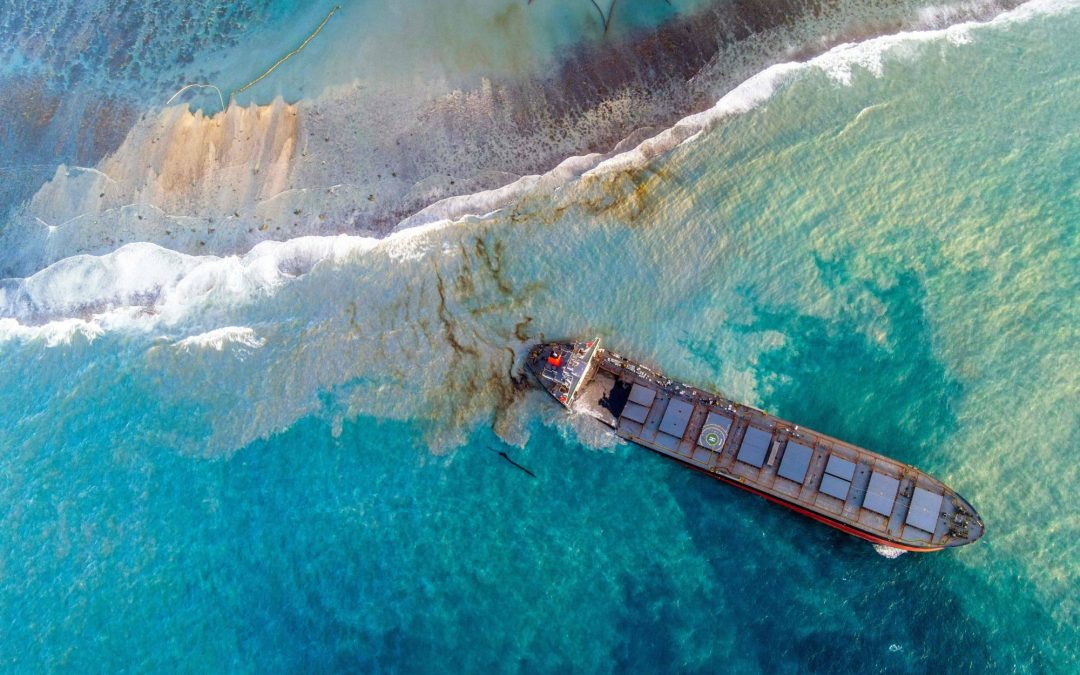Atlantic Basin iron ore contracts with long-term freight formulas, such as those with fixed freight terms used by Brazilian miner Vale, saw premiums to spot Capesize rates widen in October from preceding months.
Netbacks based on spot Tubarao, Brazil-Qingdao, China, reference Capesize rates — which averaged $24.61/wet mt for October — continued to yield a lower free-on-board iron ore price in Brazil and Atlantic ports, compared with fixed freight and bunker fuel oil price adjustment formulas, according to an analysis by S&P Global Commodity Insights Nov. 2. The Brazil netback has been adopted as an Atlantic industry pricing reference, given the bulk of iron ore shipped volumes in the region are from Brazil.
The difference between the two netback pricing systems doubled to $10.53/wmt in October, from $5.89/wmt in September. The difference averaged at $5.26/wmt in Q3, according to S&P Global estimates.
The relatively higher FOB price under the freight formula in October may reduce some demand for iron ore products basis fixed freight netback pricing terms, unless this is compensated. For example, offering discounts to realized pricing, or lowering premiums. Buyers may prefer to lift off contracts and offers using the spot freight, as the gap widened.
Buyers may also consider spot freight data and forward freight agreements, bunker forward curve pricing, to gauge the outlook for differentials.
Iron ore price variations based on netbacks were the widest in October since July 2022 – when spot Capesize rates were almost $30/wmt between Brazil and China, according to Platts shipping assessments and fuel oil pricing.
Spot Brazil-China Capesize rates were assessed at $20.40/wmt on Nov. 1, below October’s average, and compared with Q3’s $20.27/wmt, according to Platts assessments.
Differences between fixed freight values with spot Capesize rates, and options available under various contracts, may be factored into iron ore trade and cargo shipping nominations under the long-term contracts.
Some contracts price off quarterly or monthly averages for iron ore and freight prices.
The netback fixed-freight and bunker adjustment formula remains adopted largely by Vale, the world’s largest iron ore pellet producer.
Similar formulas are tracked and used by other companies, while more business is reported based on iron ore reference pricing in China with spot freight netbacks to the Atlantic basin.
Vale’s Asia focus
A larger proportion of Vale’s overall iron ore sales is sold into China, Japan, South Korea and the rest of Asia, compared with Atlantic-focused iron ore suppliers, such as LKAB.
Contract sales netting back China-delivered iron ore 62%-Fe fines and 65%-Fe fines benchmarks and using fixed freight differentials of around $9-$11/wmt as the basis, led to higher FOB iron ore prices, compared with spot netbacks from China to Brazil.
Spot netbacks use indexes tracking Brazil-China Capesize voyage rates or published iron ore benchmark netback pricing to Brazil as the basis.
Iron ore contracts have moved toward referencing spot freight indexes, such as the Baltic Exchange’s C3 route index and alternatives, according to industry sources. The Baltic Exchange’s C2 route index and similar alternatives may be used, for delivered pricing into Europe from Atlantic-origin iron ore suppliers.
Iron ore and bunker fuel price adjustments under some Atlantic iron ore contracts had remained largely based on high sulfur 380 CST fuel oil prices, despite the International Maritime Organization’s directive to use a maximum 0.5% sulfur in fuel oil for shipping from January 2020.
The use of low sulfur marine fuel oil may lead to differences around adjustments around the negotiated fixed freight of $9-$11/wmt, for FOB Brazil-based pricing.
The use of scrubbers on iron ore routes is widespread, enabling the use of higher sulfur fuel, as high cost of installations and economies of scale favor larger dry bulk vessels.
Different moisture adjustment rates govern how the final freight netback is used for iron ore product sales, such as fines, concentrates and pellets.
The 380 CST bunker market in Singapore saw prices decline to average at $476.55/mt delivered Singapore, down from Q3’s $528.23/mt delivered Singapore, according to Platts assessments. The reference Singapore bunker assessment peaked so far this year in August and September.
Source: Hellenic Shipping News





